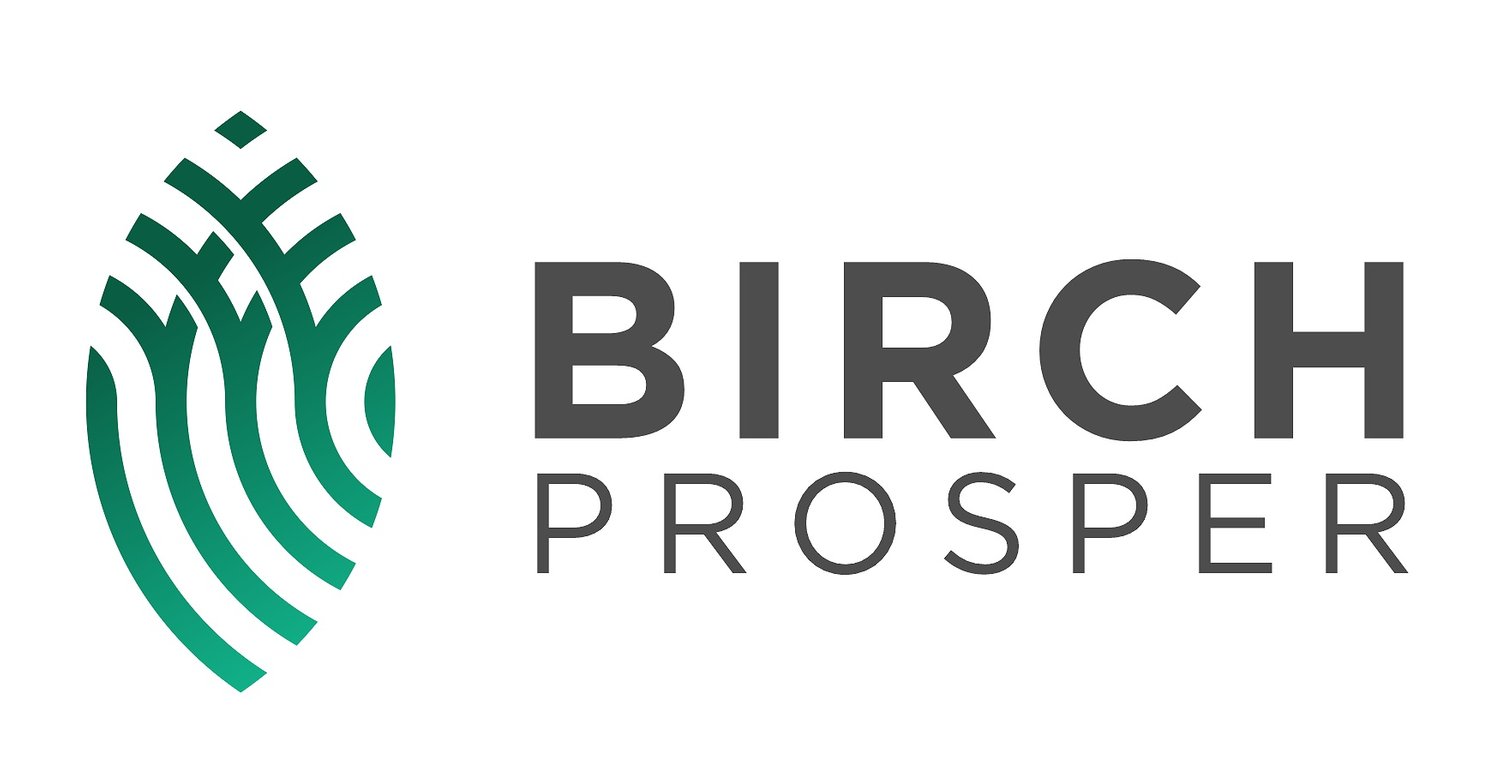Treasury Yield and CRE Investment
The Treasury yield is the interest rate that the US government pays on its debt obligations, such as Treasury bonds. When the Treasury yield increases, it means that the cost of borrowing for the government has increased, which can also translate to higher borrowing costs for businesses and individuals. This can impact commercial real estate investment in a few ways:
Higher borrowing costs: If the Treasury yield increases, it may become more expensive for investors to borrow money to fund commercial real estate purchases. This can make it more challenging for investors to secure financing, which may reduce demand for commercial real estate.
Increased competition for yield: When the Treasury yield is low, investors may turn to commercial real estate as a way to generate higher returns on their investments. If the Treasury yield increases, it may make other investment options, such as Treasury bonds, more attractive, leading to increased competition for commercial real estate.
Impact on property values: The value of commercial real estate is often based on the income that it generates, such as rent from tenants. If the Treasury yield increases, it may make other investments, such as Treasury bonds, more attractive, leading to a shift in demand for commercial real estate. This could potentially lead to a decrease in the value of commercial real estate.
Overall, the Treasury yield can impact commercial real estate investment by affecting the cost of borrowing, competition for yield, and property values. It is important for investors to keep an eye on the Treasury yield and how it may impact their investment decisions.

